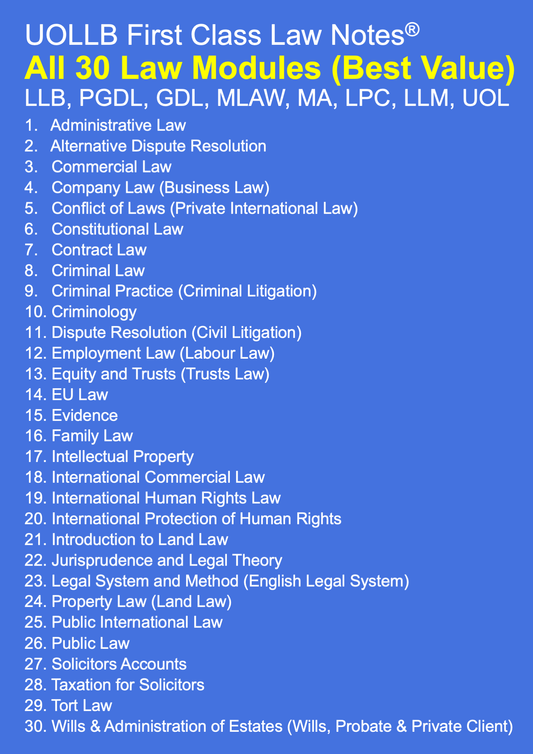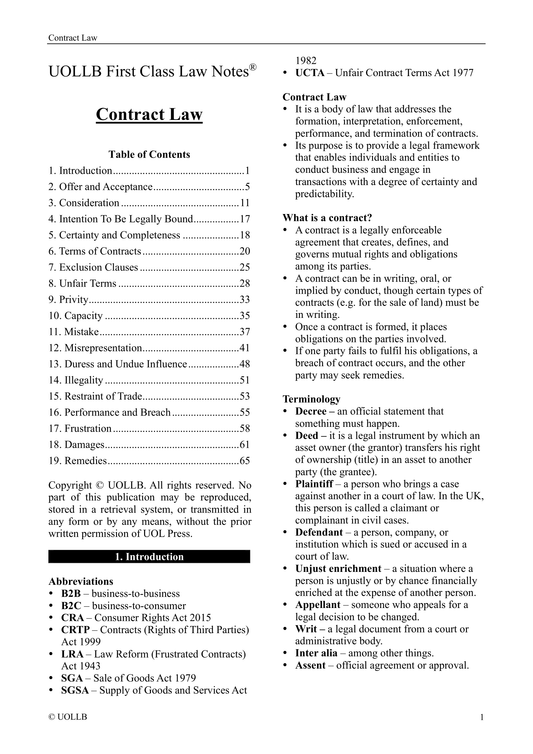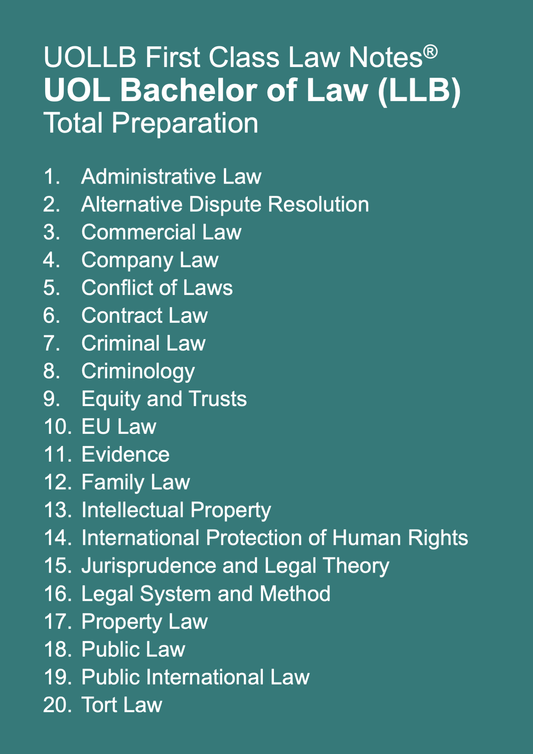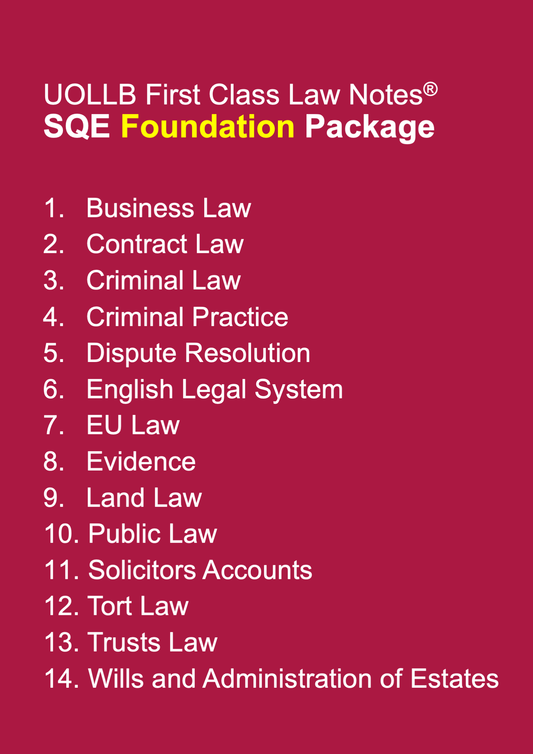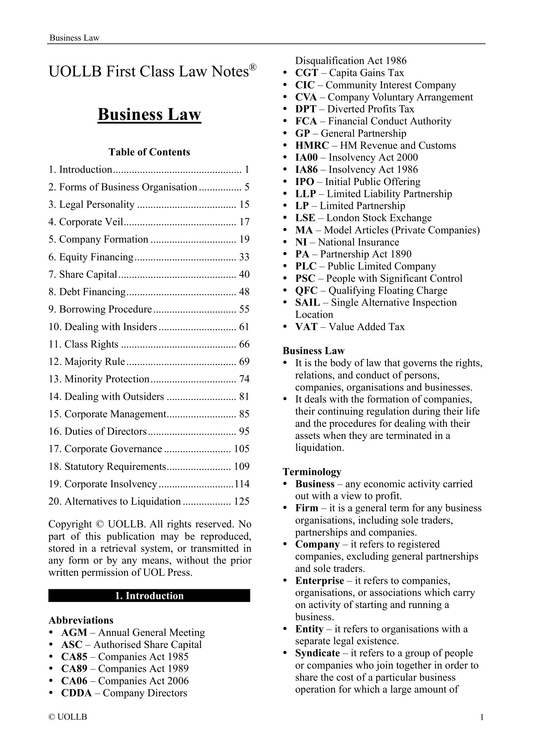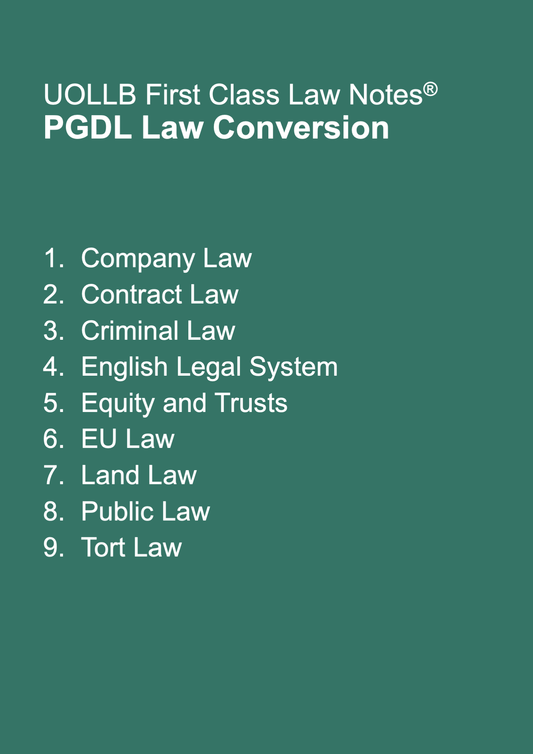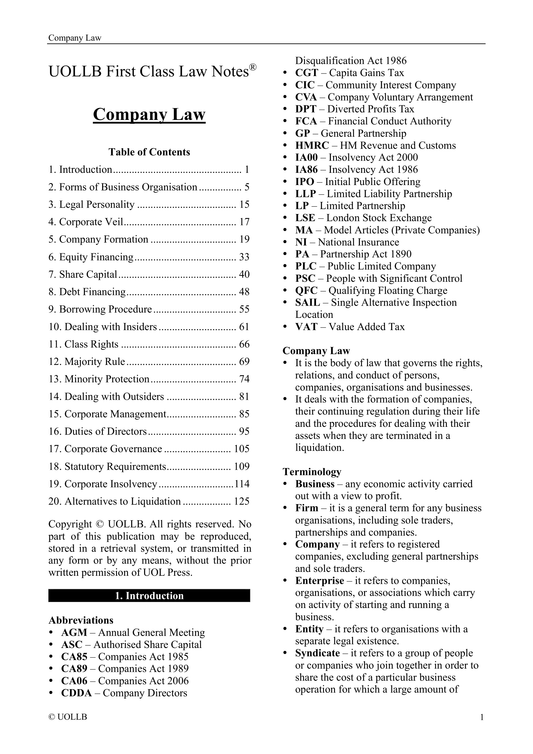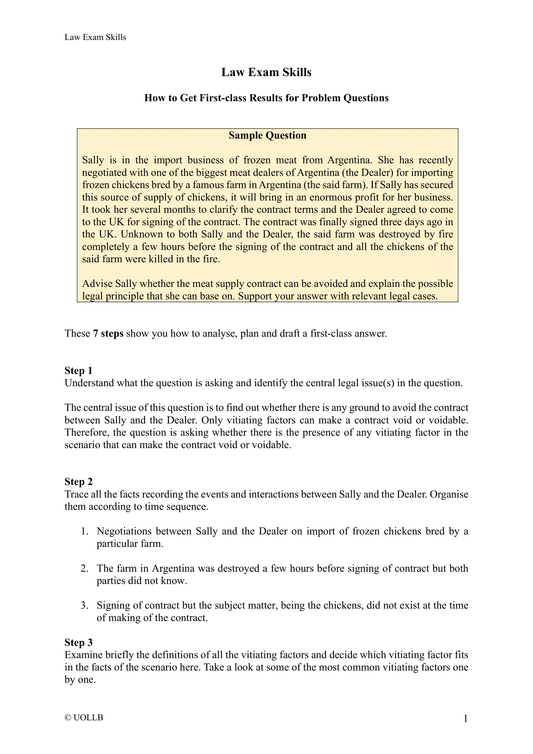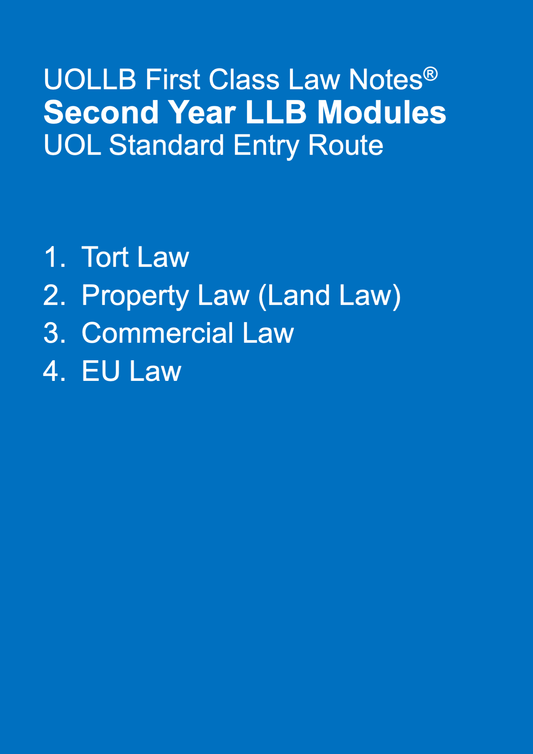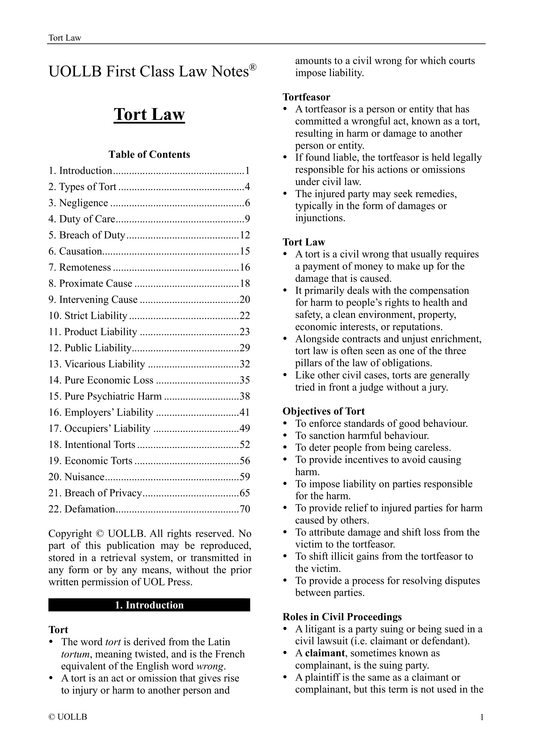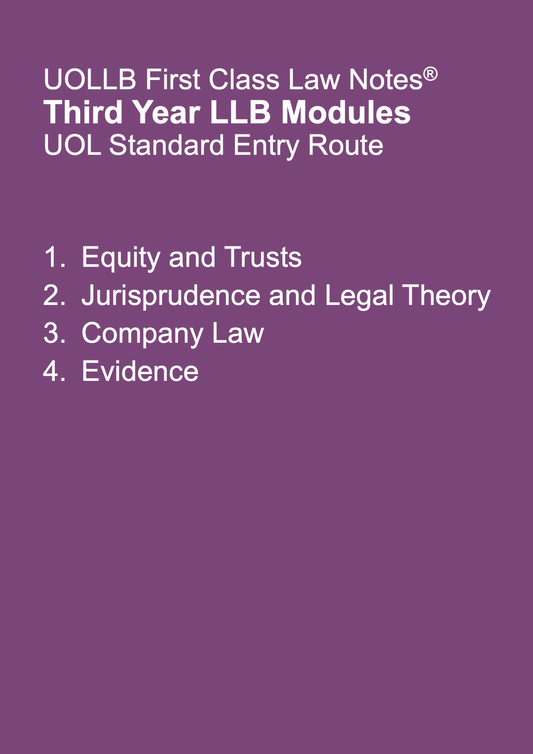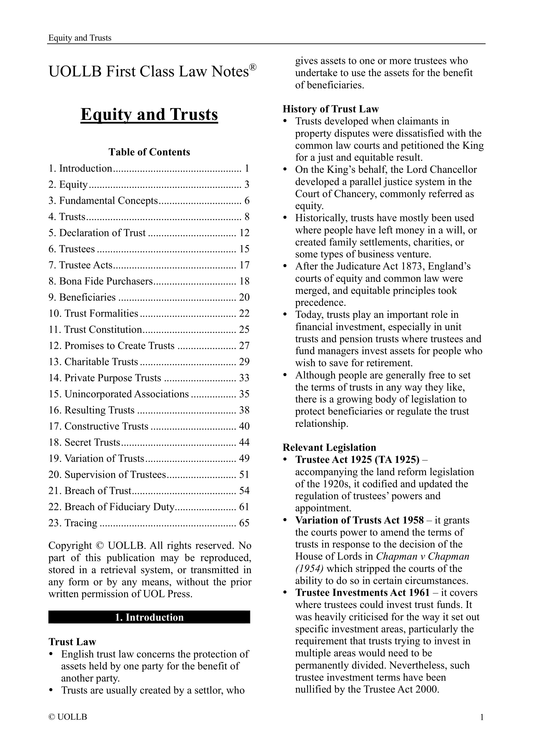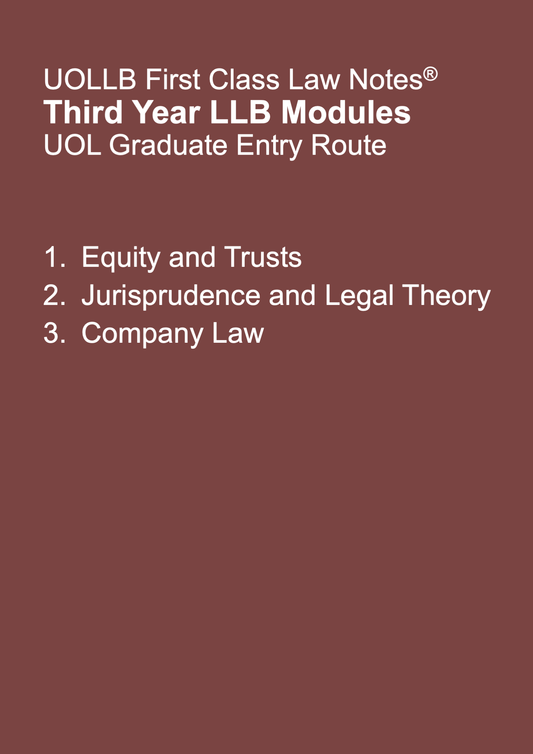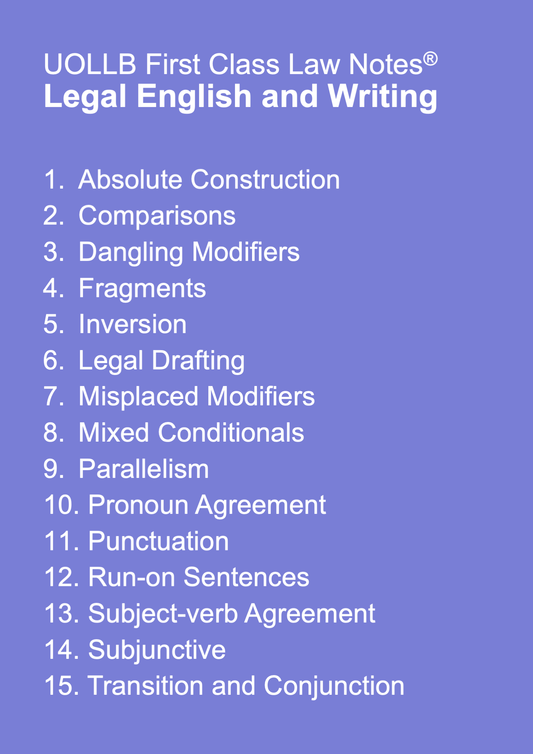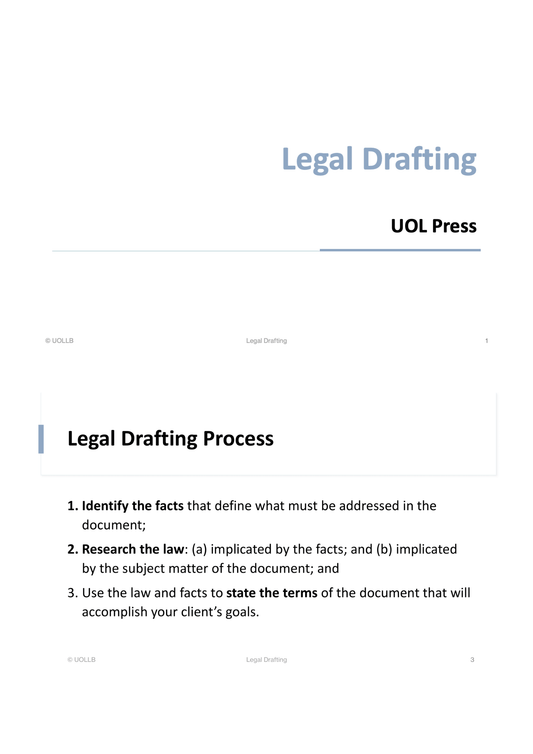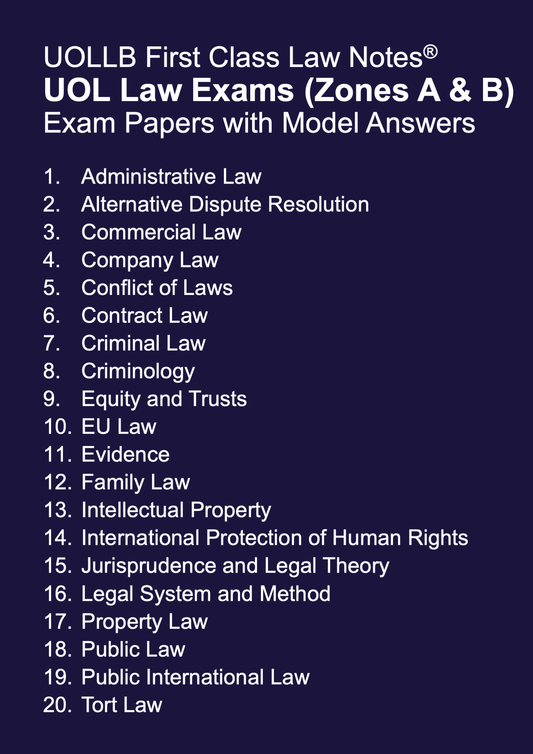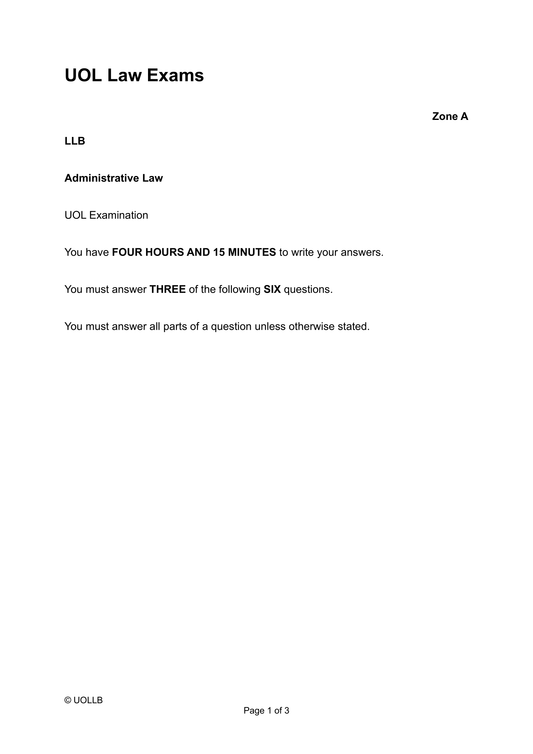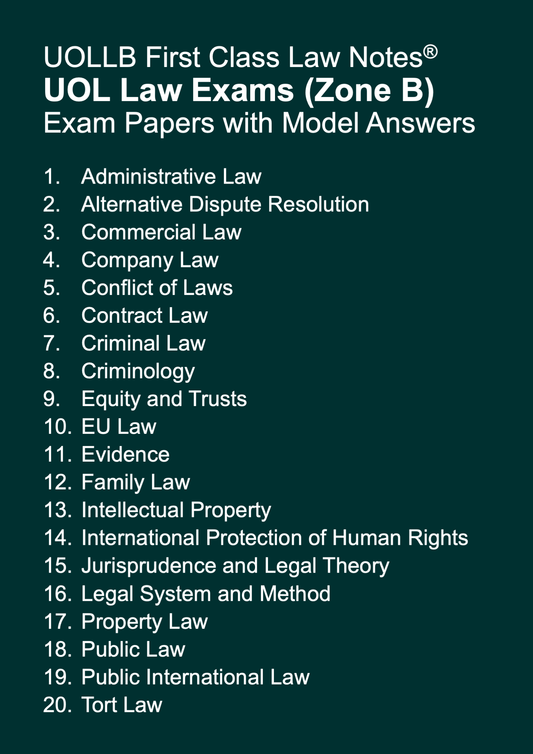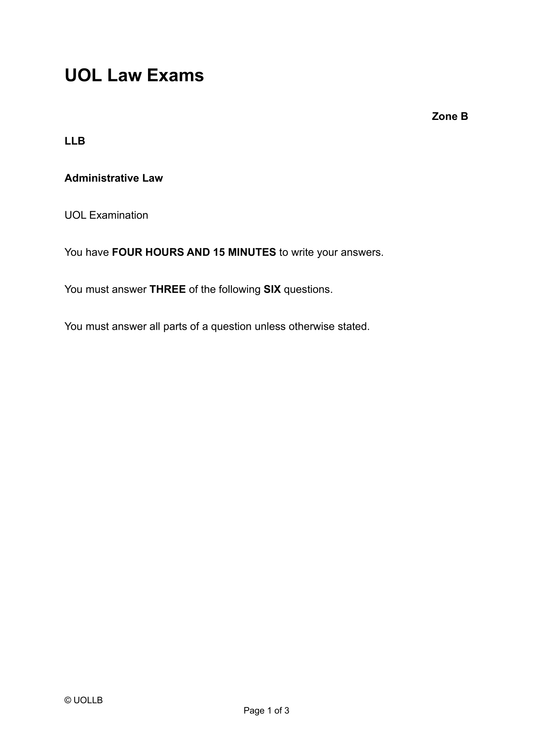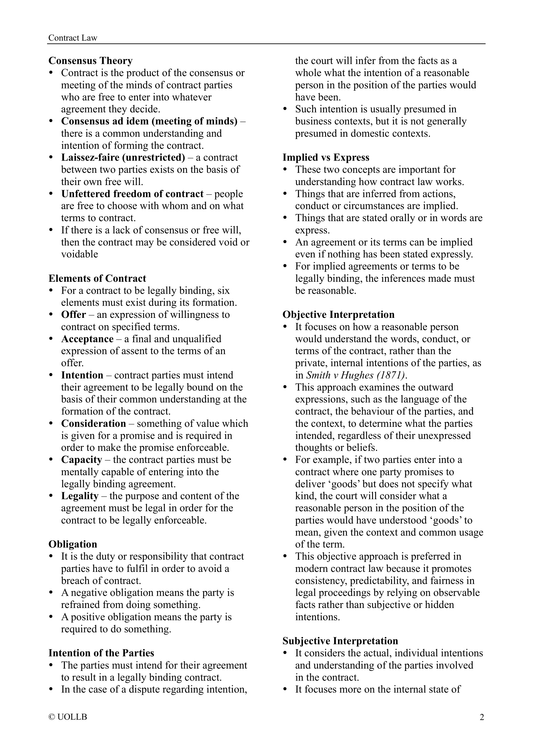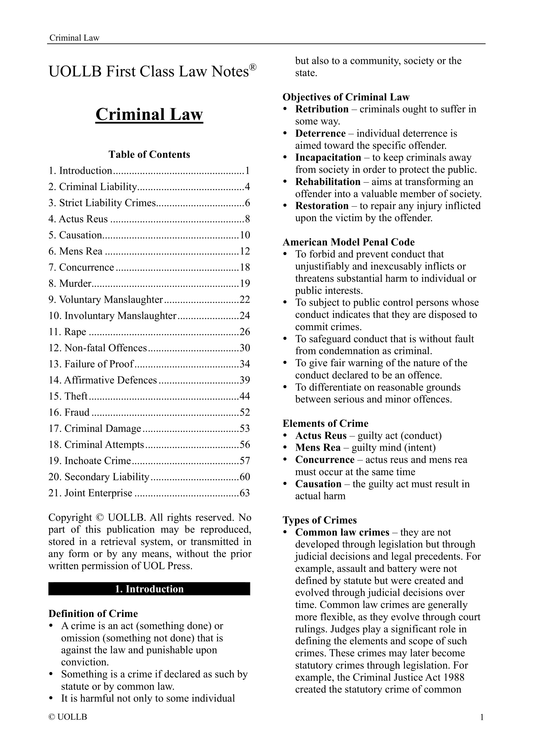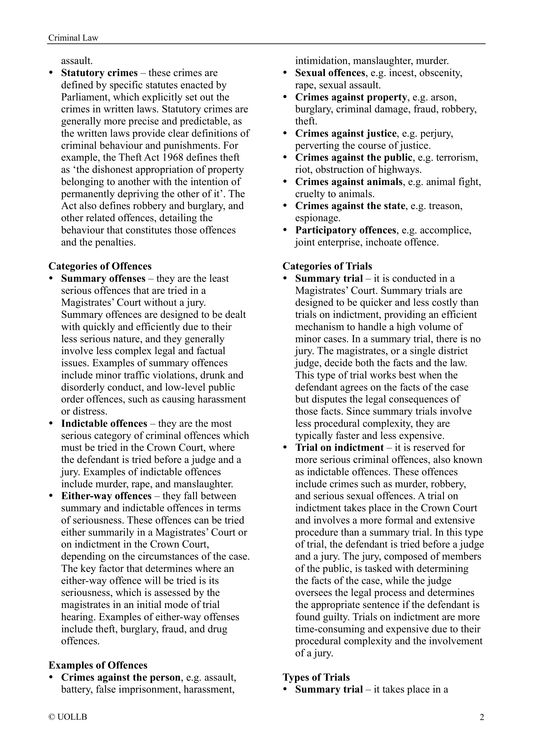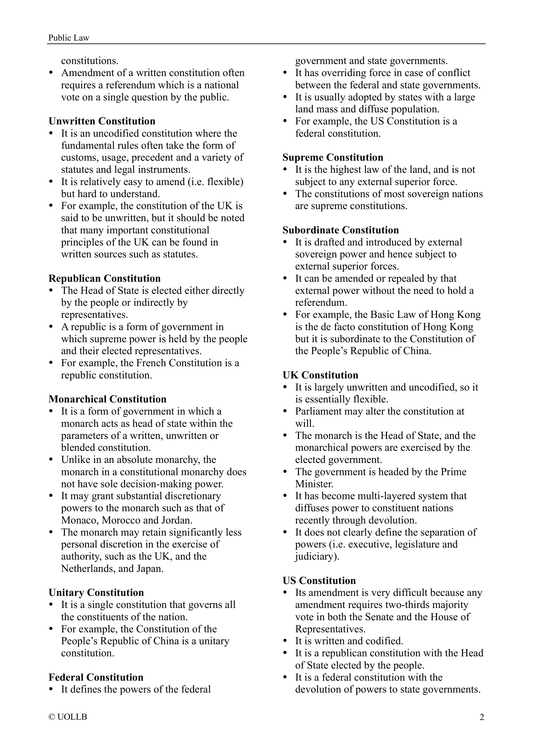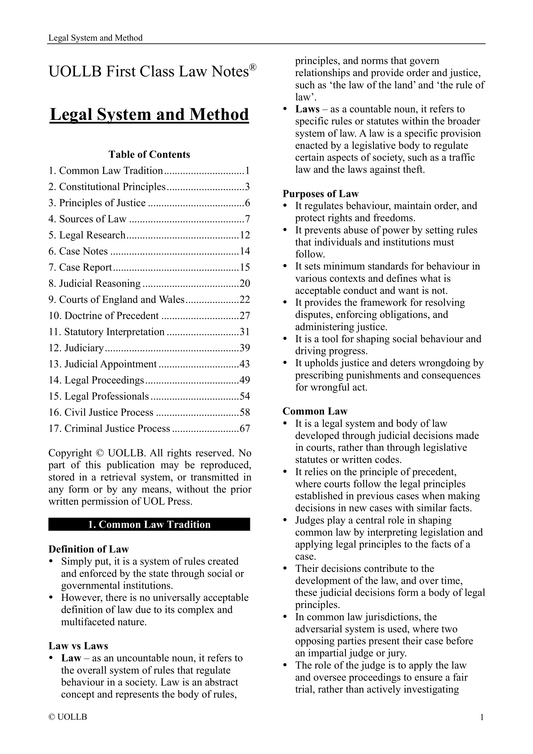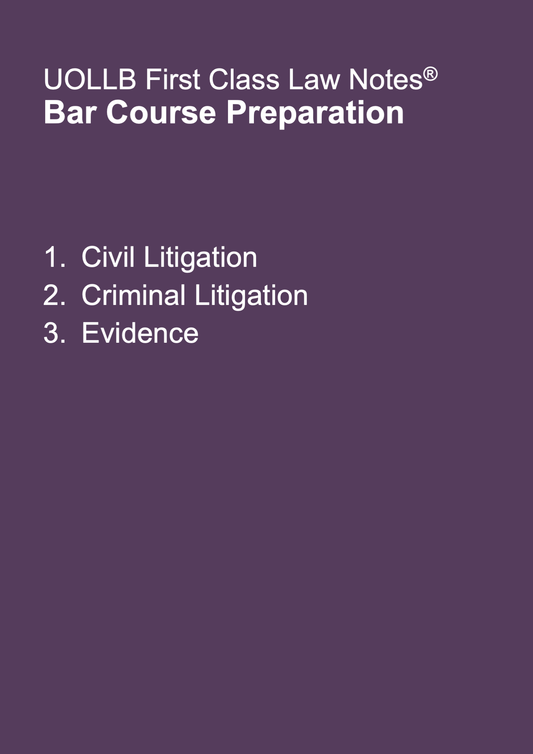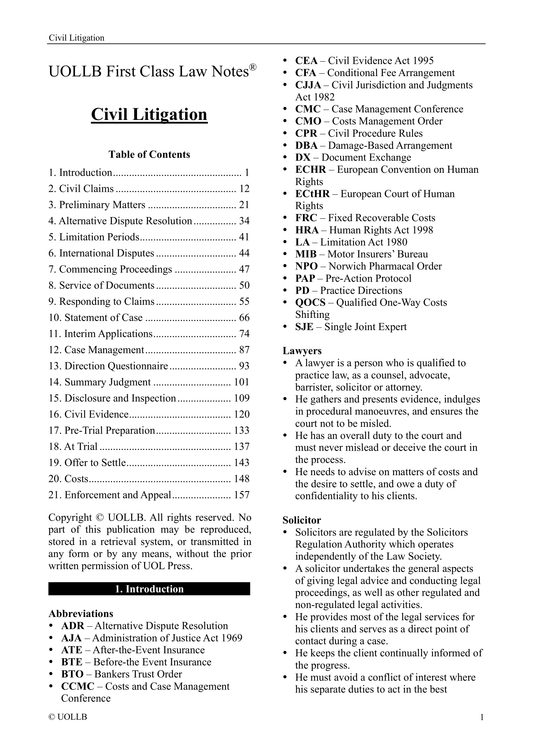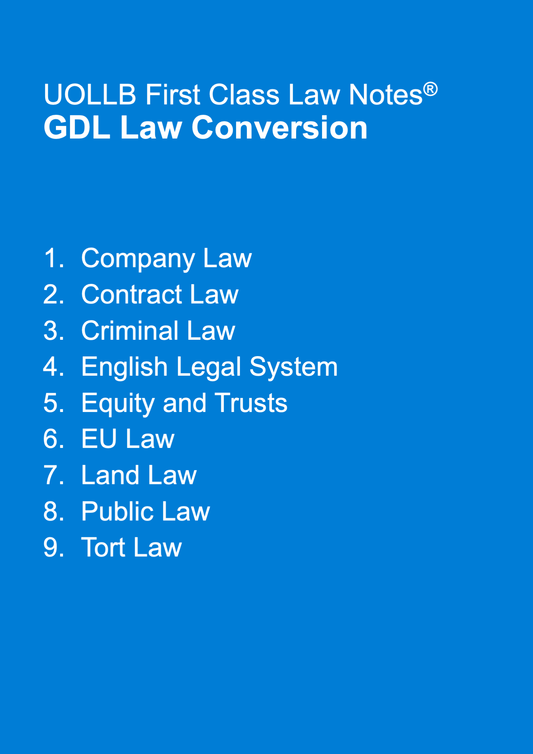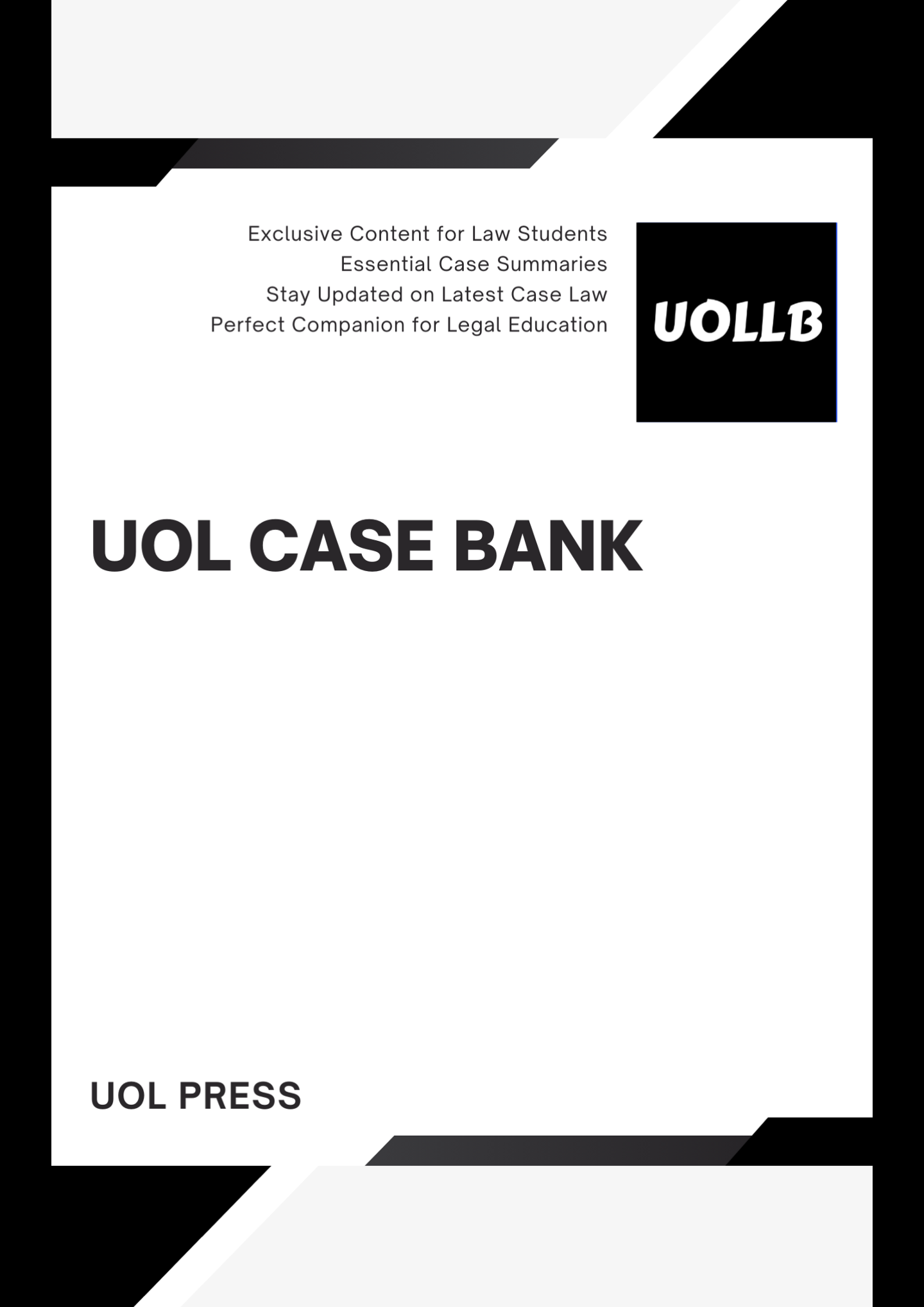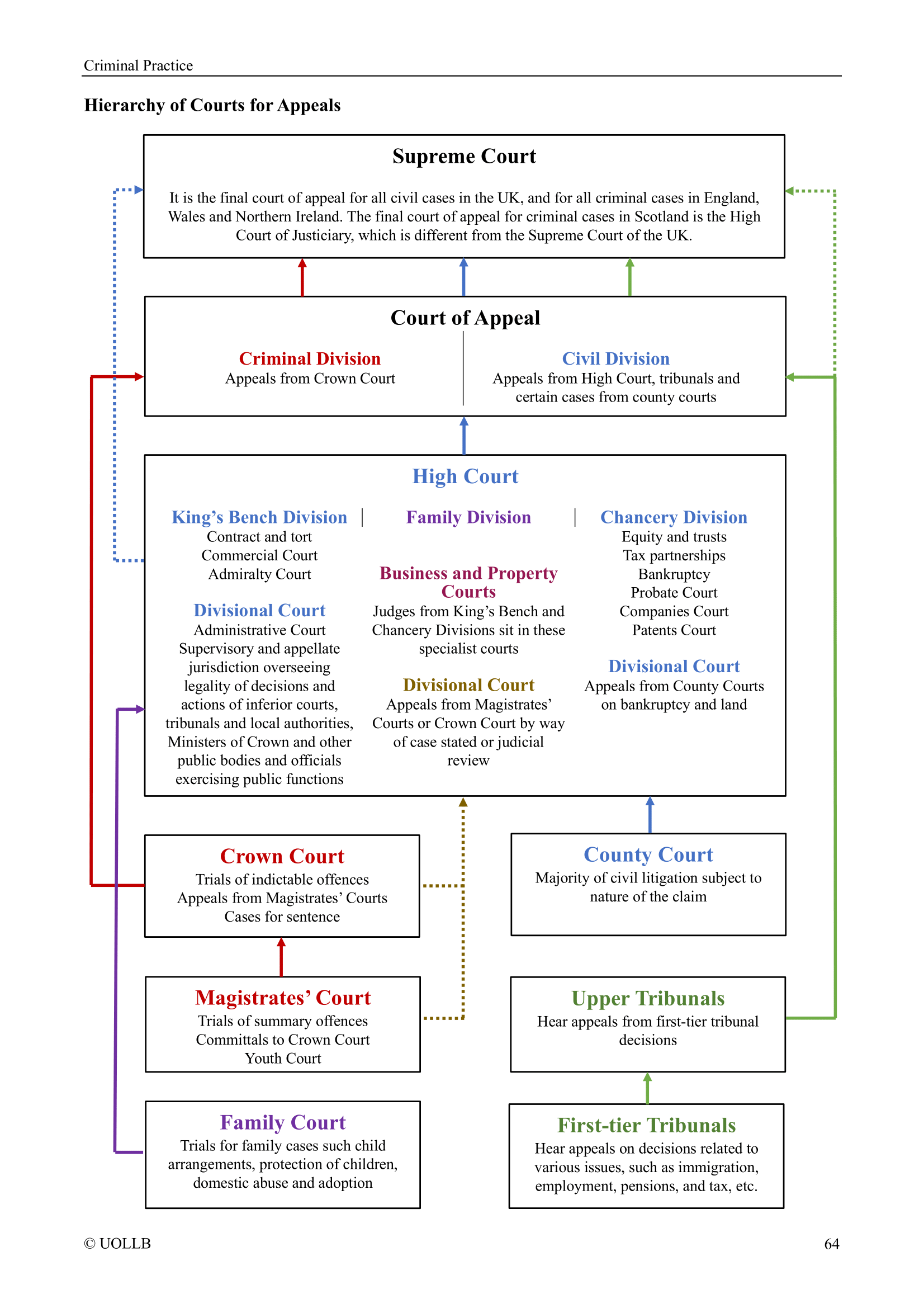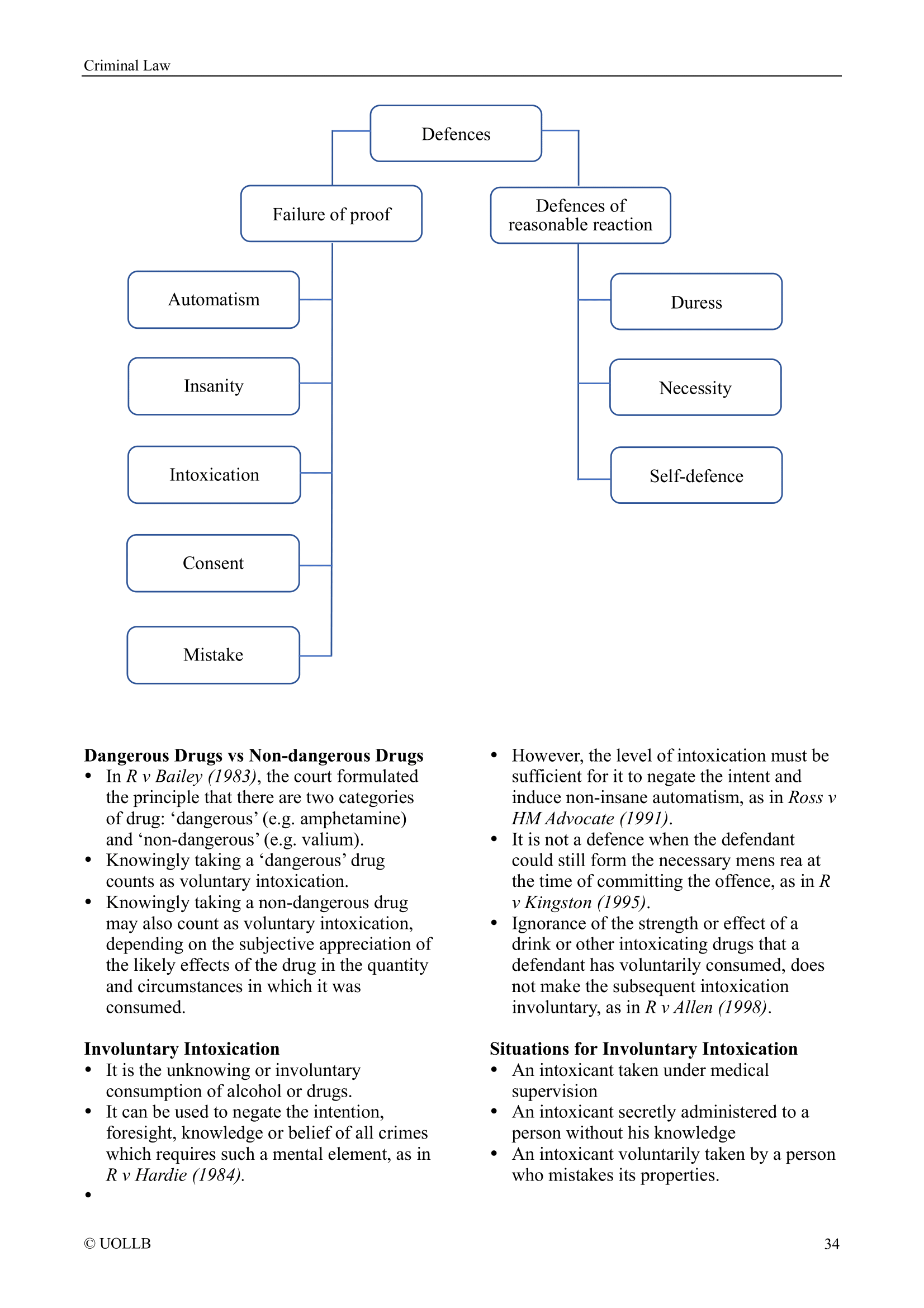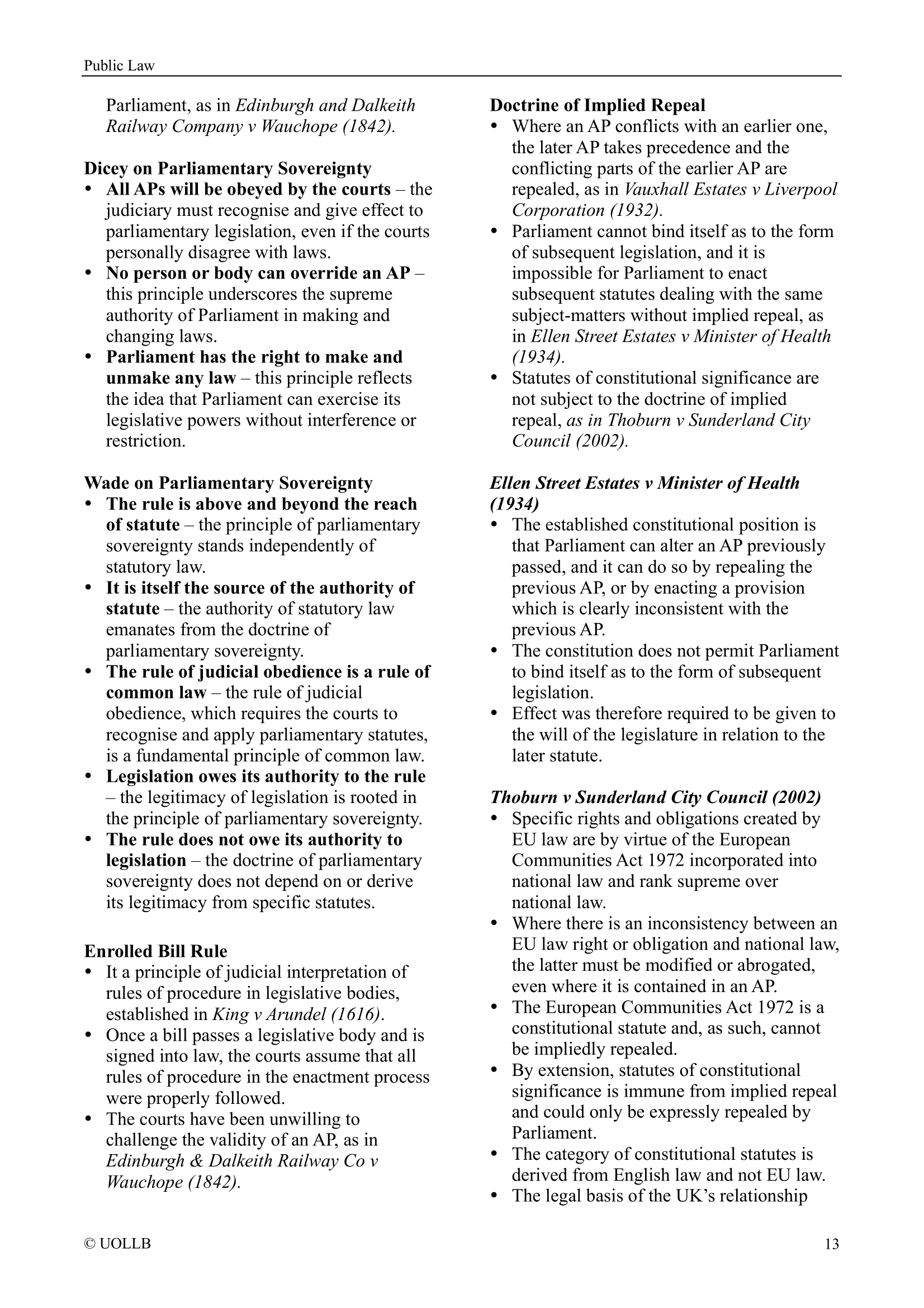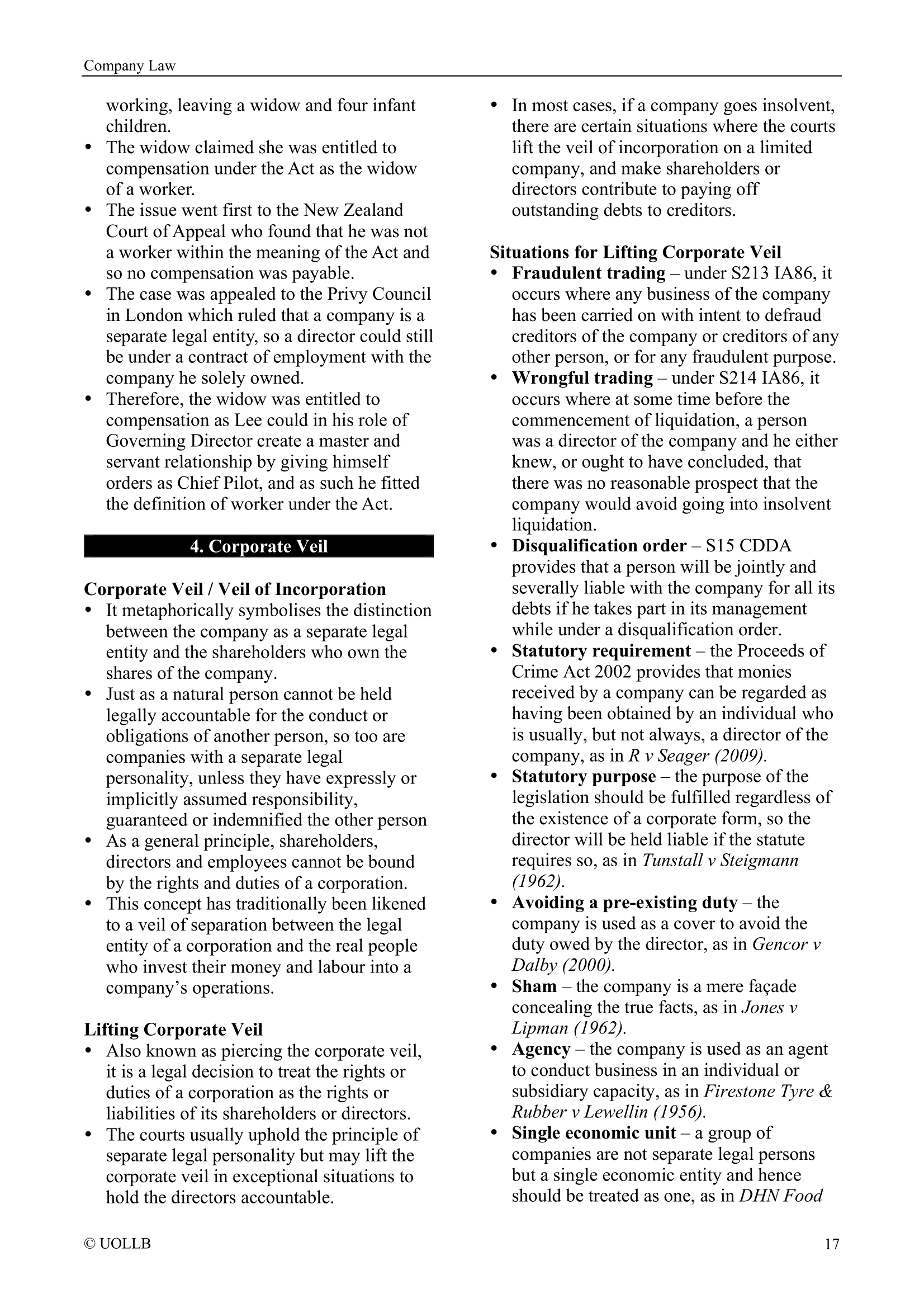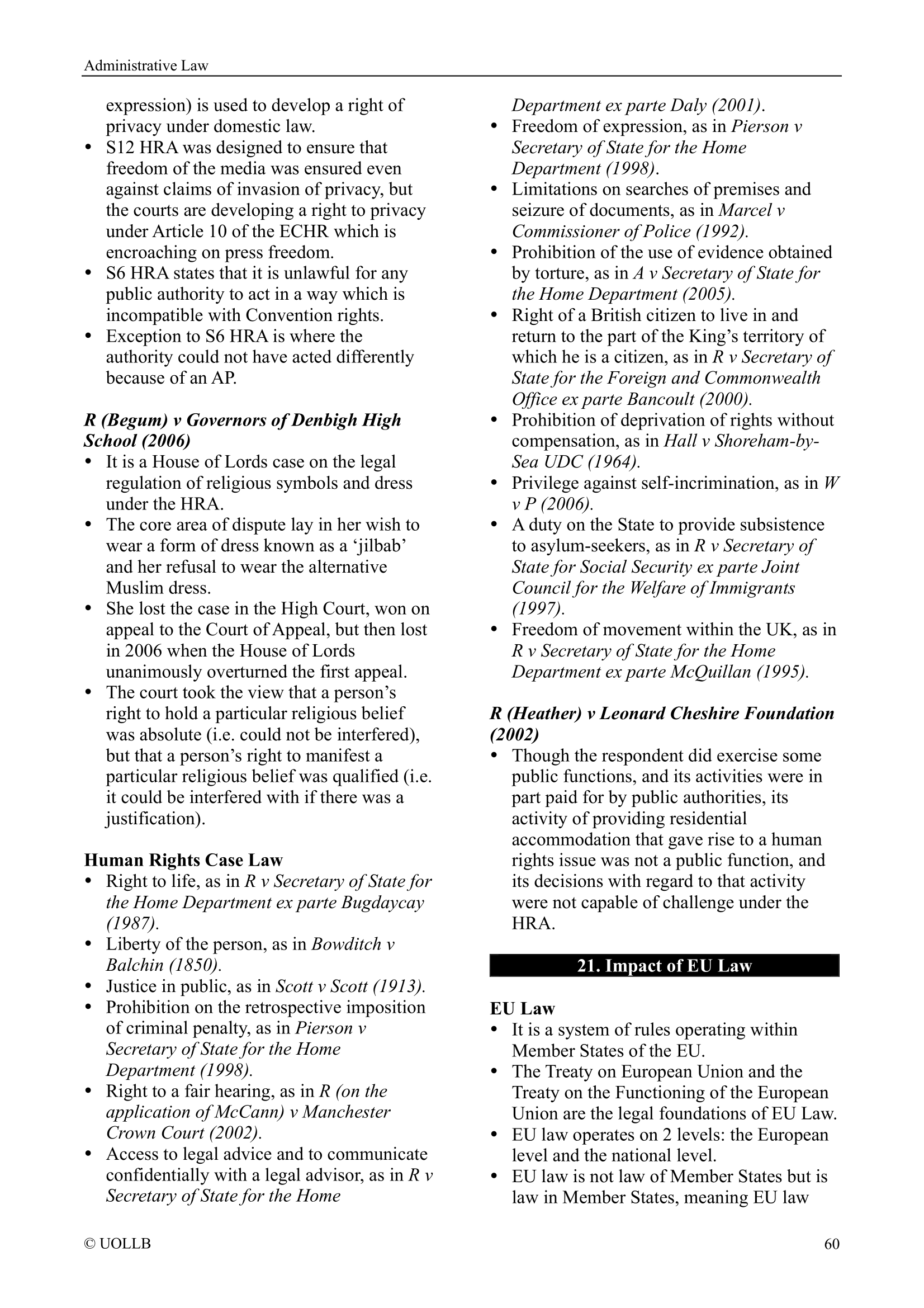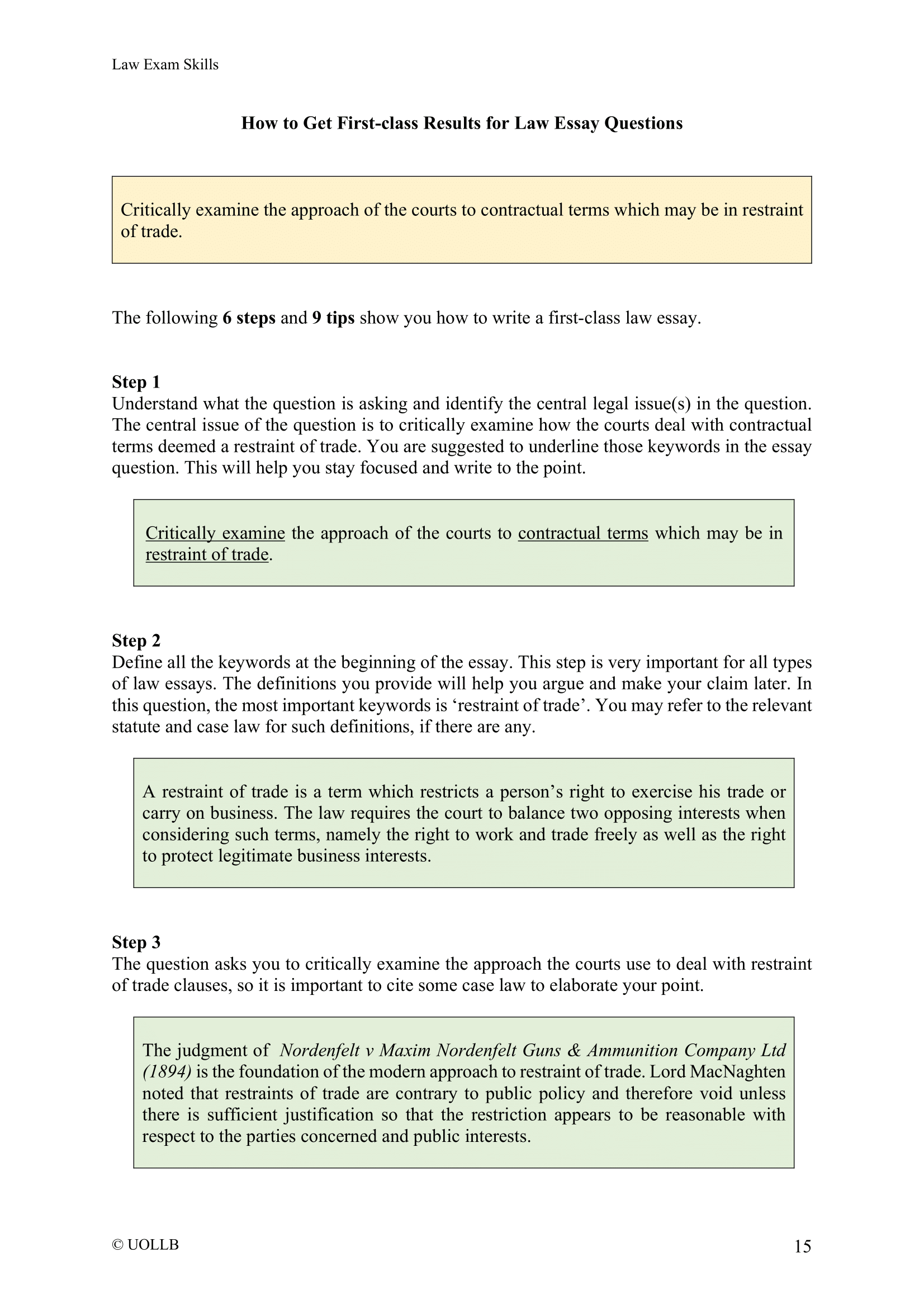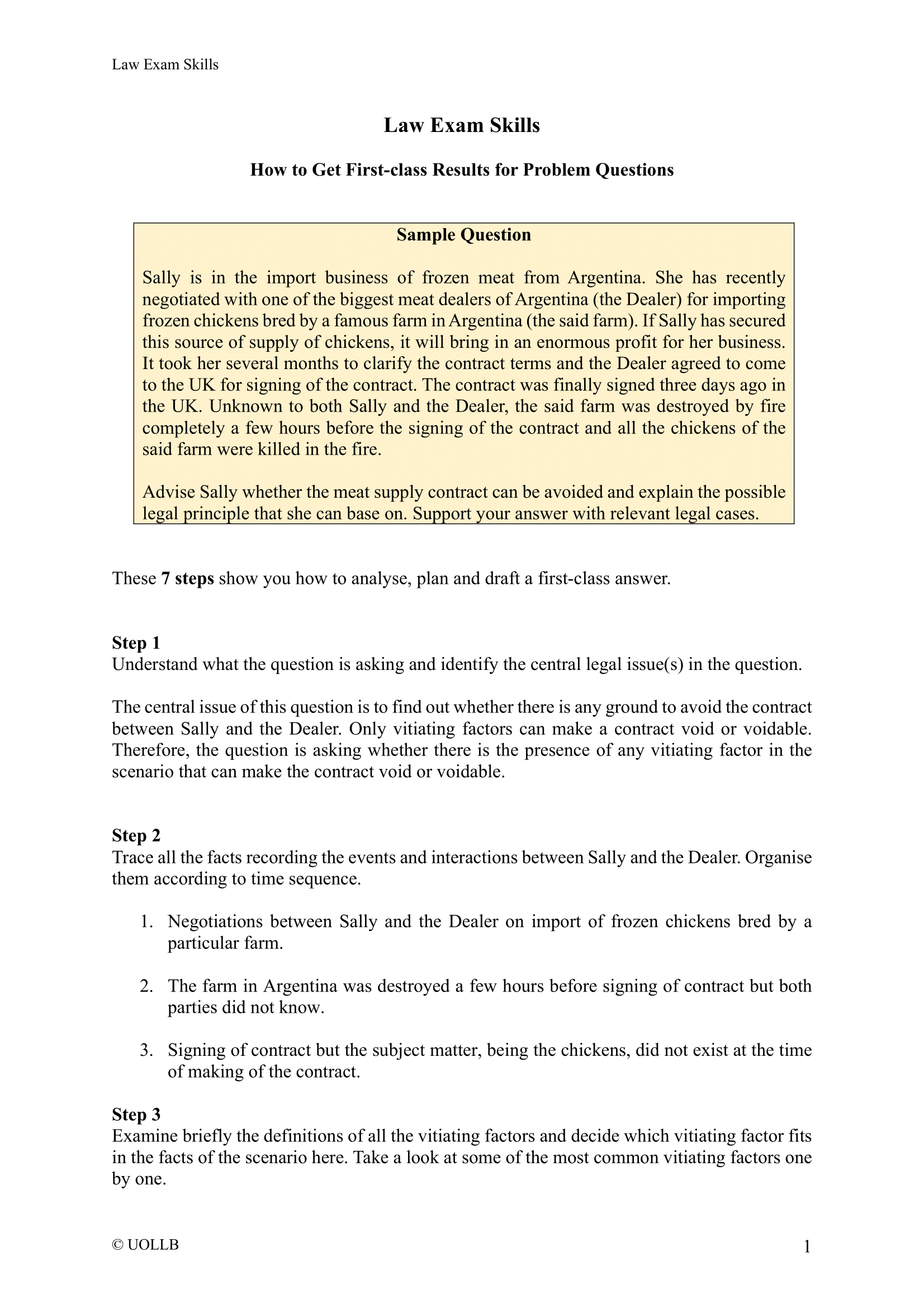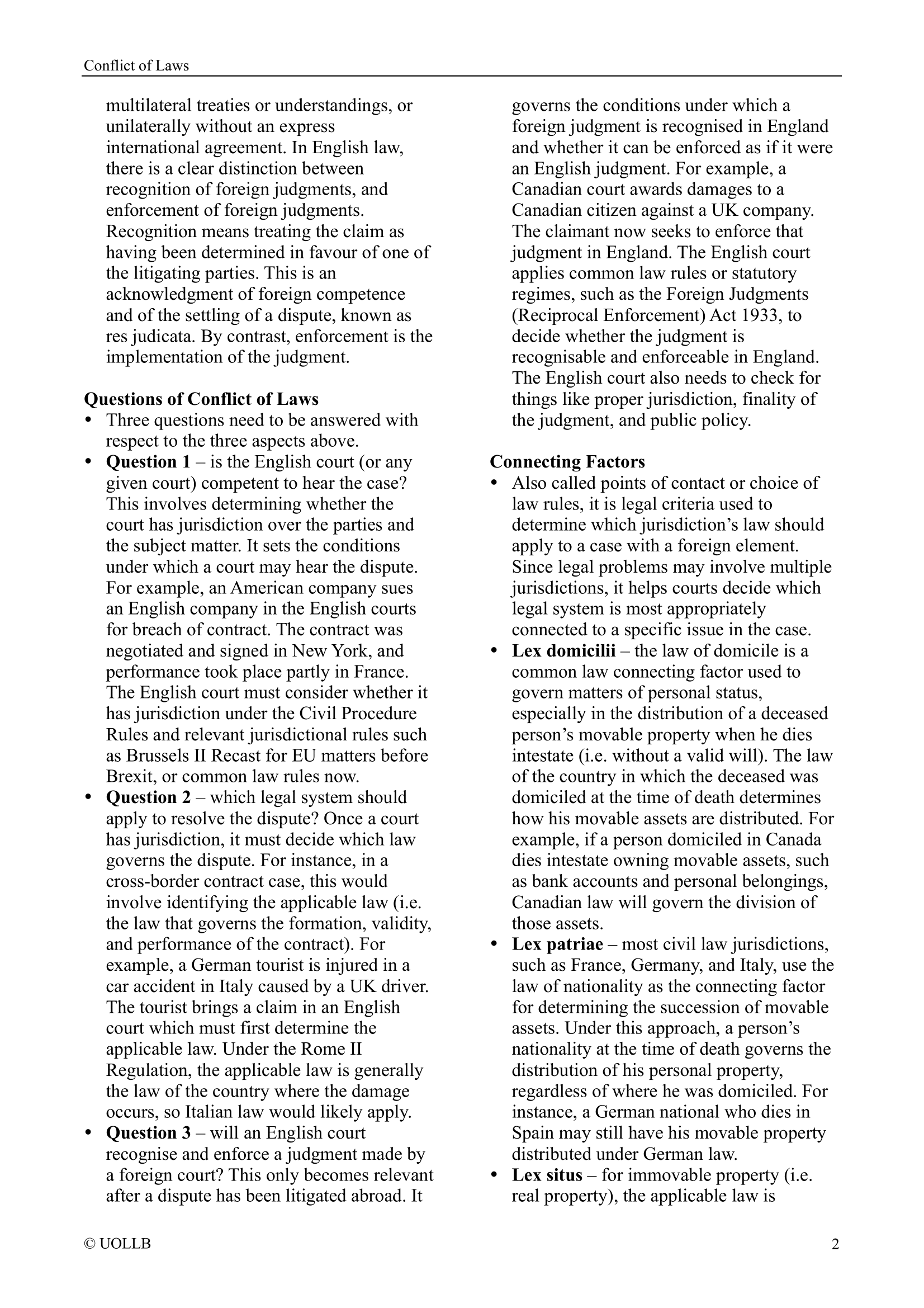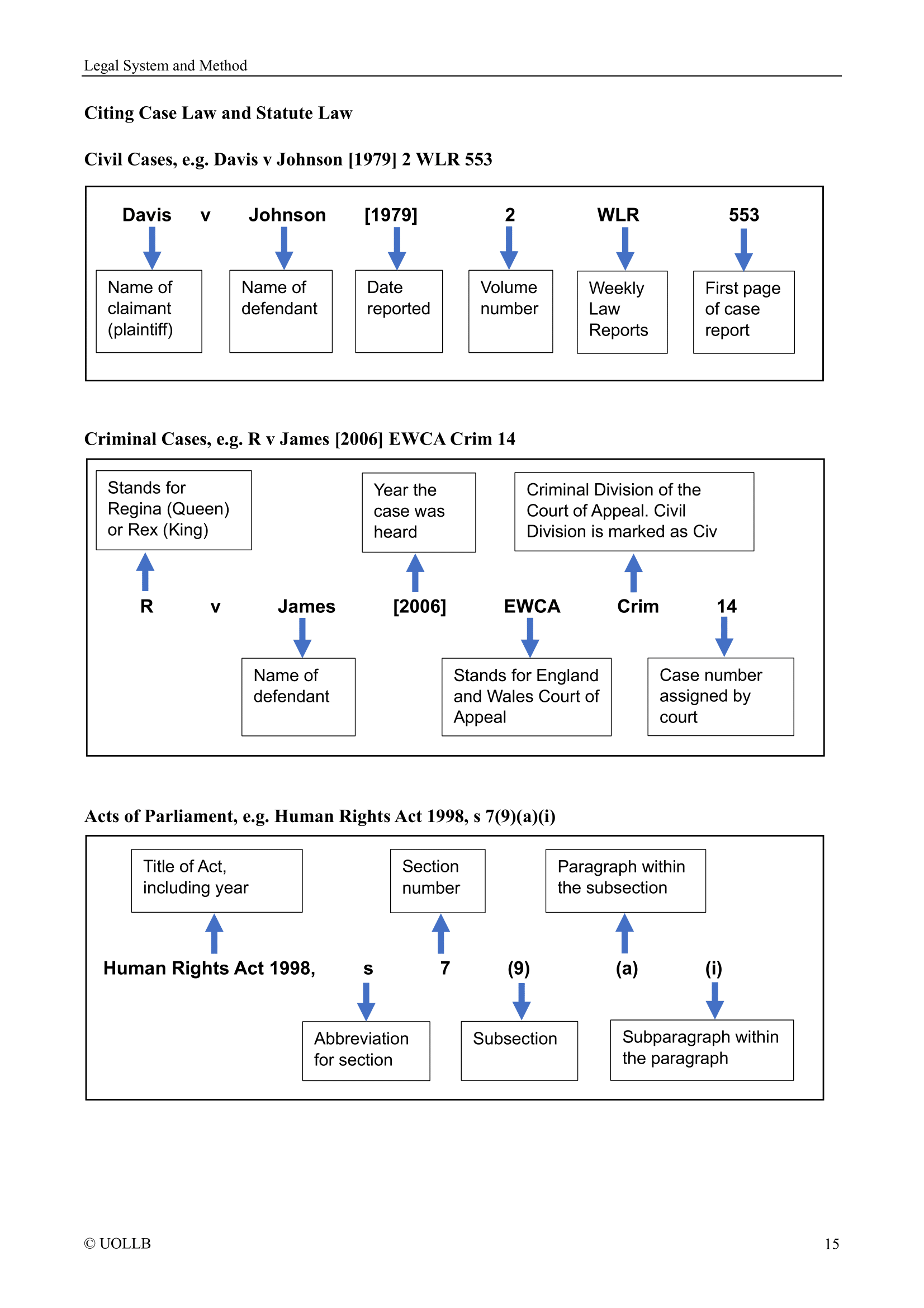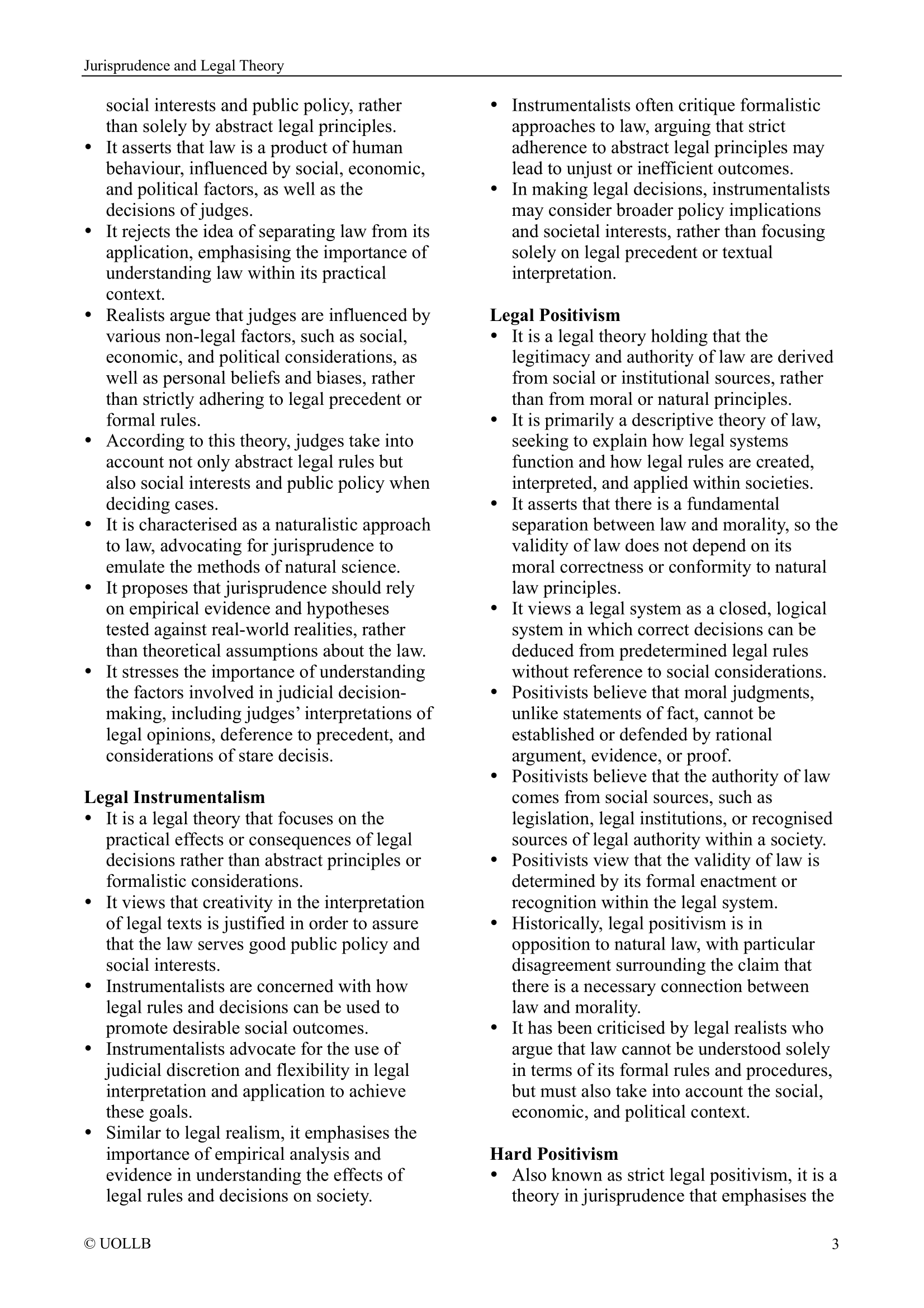Aggravating Factors for Sentencing
Share
Aggravating factors in sentencing are circumstances or elements of an offence that make it more serious or deserving of a harsher sentence. These factors are considered by the court to increase the culpability of the offender or the harm caused by the offence. Aggravating factors vary depending on the nature of the crime and the jurisdiction, but some common examples include:
Violence or Threats of Violence: The use or threat of violence against the victim or others involved in the offence can be considered an aggravating factor. This includes situations where physical harm is inflicted or there is a credible threat of harm.
High Level of Planning or Premeditation: Offences that involve extensive planning, preparation, or premeditation can be viewed as more serious. This indicates a greater degree of intent and forethought in committing the crime.
Multiple Victims: If the offence affects multiple victims, it is often seen as more serious than a crime against a single individual. The harm caused is multiplied, and it demonstrates an increased disregard for the well-being of others.
Abuse of Power or Trust: If the offender was in a position of power or trust over the victim, such as an employer-employee relationship, professional-client relationship, or caregiver-patient relationship, the abuse of that position can be considered an aggravating factor.
Targeting Vulnerable Individuals: Offences committed against vulnerable individuals, such as the elderly, children, or persons with disabilities, are often viewed as more serious due to the increased vulnerability and potential harm caused.
Repeat Offences: If the offender has a history of similar offences or previous convictions, it can be seen as an aggravating factor, indicating a pattern of behaviour and a failure to reform.
Significant Financial or Emotional Impact: Offences that result in significant financial loss or emotional harm to the victim can be considered aggravating factors. This includes situations where the victim experiences severe distress, trauma, or long-lasting negative effects.
Lack of Remorse or Cooperation: If the offender demonstrates a lack of remorse for their actions or refuses to cooperate with the authorities, it can be seen as an aggravating factor, indicating a lack of accountability or willingness to make amends.
These are just some examples of aggravating factors that can influence the severity of a sentence. The specific aggravating factors considered may vary depending on the jurisdiction and the particular circumstances of the case. The court takes these factors into account to ensure that the sentence reflects the seriousness of the offence and promotes justice.
